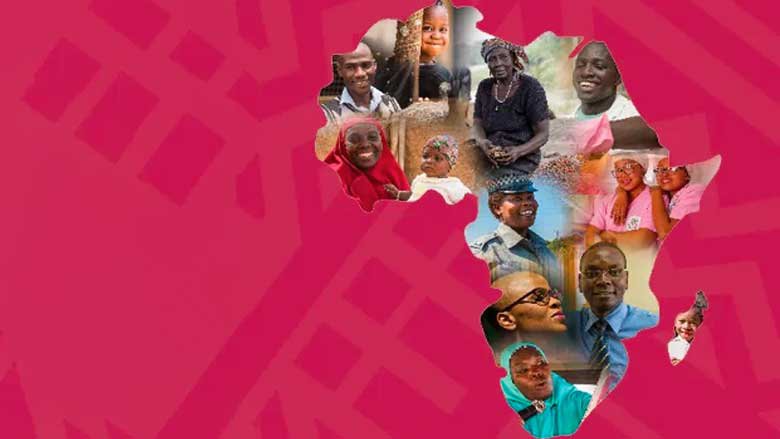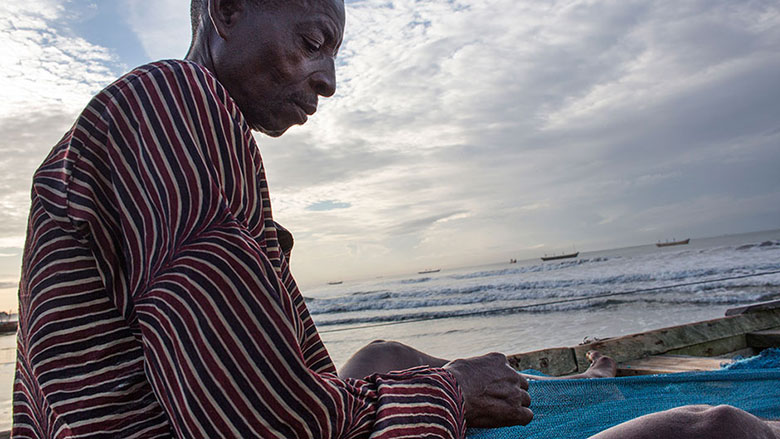The Republic of South Sudan became the world’s youngest nation and Africa’s 54th country on July 9, 2011. However, outbreaks of civil war in 2013 and 2016, persistent subnational violence, weak management of public resources, and political contestation have undermined post-independence development gains and intensified existing humanitarian needs. More than a decade after independence, South Sudan remains impacted by fragility, economic stagnation, and instability. Poverty is ubiquitous, exacerbated by conflict, displacement, and external shocks.
The signing of the Revitalized Agreement on the Resolution of the Conflict in the Republic of South Sudan (R-ARCSS) in September 2018 and the formation of a Transitional Government of National Unity in February 2020 have contributed to greater stability. The transitional period was recently further extended to February 2027. However, a modest economic recovery recorded following the peace agreement has been upended by the COVID-19 pandemic, historic floods, the conflict in Sudan, and challenges in public financial management. South Sudan’s economic outlook is now clouded by crippling shocks to its heavily oil-dependent economy, highlighting the need for diversification. As South Sudan depends on neighboring Sudan as the only route to export oil to international markets, the conflict in Sudan significantly impacted South Sudan’s macroeconomic stability. The fiscal capacity to mitigate significant declines in oil production or shocks in global oil and food prices remains severely constrained by substantial challenges in the governance of oil sector revenues and weak fiscal discipline.
South Sudan’s vulnerability to climate change and natural disasters compounds the country’s humanitarian crisis, jeopardizing recovery, and undermining development efforts. Since its independence in 2011, the country has suffered from severe droughts (2011, 2015) and floods (2014, 2017, 2019, 2020, 2021, 2022, and 2024), resulting in high numbers of fatalities, displacements and loss of livestock which have severely impacted people’s livelihoods. As of September 2024, a new web of flooding has affected more than 735,000 people across 38 of 78 counties in South Sudan, worsening an already critical humanitarian situation marked by severe food insecurity, economic decline, continued conflict, disease outbreaks, and the repercussions of the Sudan conflict.
South Sudan remains in a serious humanitarian crisis. An estimated 9 million people, including refugees in South Sudan, will experience critical needs in 2024. An estimated 7.1 million individuals of South Sudan's total population of 12.4 million will require food assistance during the lean season from April to July 2024. Women and children continue to be the most affected. The humanitarian crisis has been further exacerbated by the recent conflict in neighboring Sudan, which has led to an inflow of refugees and returnees into South Sudan. As of September 2024, 797,189 returnees, refugees, and asylum seekers have arrived in South Sudan, approximately 78% of whom are South Sudanese refugee returnees.
Looking forward, ensuring the implementation of the peace agreement, as well as strengthening service delivery institutions, governance, and economic and public financial management systems, and addressing the root causes of fragility will prove critical as the country seeks to build resilience against future shocks and lay down the building blocks for a diversified, inclusive, and sustainable growth path.
Last Updated: Oct 01, 2024









